I am trying to add a constraint which specifies that, in the optimization, the solver must pick a value of u for a set duration of time and can only switch after that set amount of time. For instance, say I have a mechanical device which can only switch its input value every 10 seconds. Then, I want the optimizer to account for that. I'll just attach the code here:
for it_i in range(0, N-1, equivalence_samples):
print("N: {}".format(N))
for it_j in range(0, equivalence_samples - 1):
if (it_i + it_j + 1) > N-1:
print("Breaking")
break
else:
constraint_u0 = prog.AddConstraint(u[0, it_i + it_j] == u[0, it_i + it_j + 1]) # add equivalence constraints
constraint_u1 = prog.AddConstraint(u[1, it_i + it_j] == u[1, it_i + it_j + 1]) # add equivalence constraints
print('Constraint_u_PE: {}'.format(constraint_u0))
print('Constraint_u_NI: {}'.format(constraint_u1))
I have implemented this in, what I expect to be a working solution. Sometimes it seems like it is working and other times, it does not.
I will show some photos of the output constraints from this and then a not working example.
Then, here are the plots that come out which clearly show there is some delineation between the switching times, but the values are not equivalent. I am attaching the code which generates this plot as well.
u_sol = result.GetSolution(u)
u_time = np.linspace(0, N-1, num = N)
# u_sol_trajectory = PiecewisePolynomial.ZeroOrderHold(u_time, u_sol)
plt.figure()
plt.plot(u_time, u_sol[0, :], 'o')
plt.plot(u_time, u_sol[1, :], 'o')
plt.xlabel('time steps')
plt.ylabel('u [mcg/min]')
plt.legend(['u_PE', 'u_NI'])


